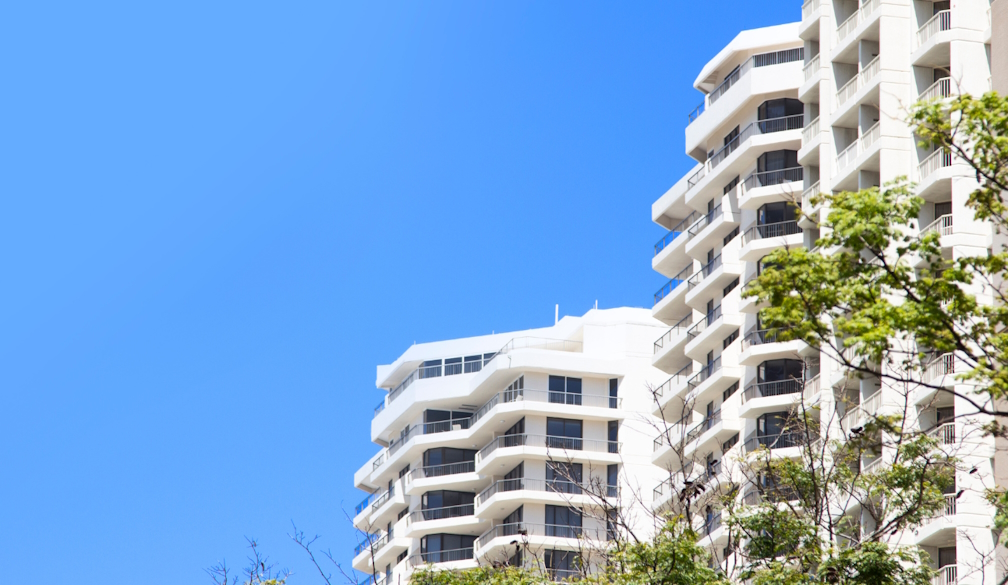Guide to the Costs of Selling a Home in Australia

Selling a home can be a complex and expensive process. As a homeowner in Australia, it is important to be aware of the various costs involved to ensure that you are financially prepared. In this comprehensive guide, we will break down the different expenses associated with selling a house in Australia, providing you with a clear understanding of what to expect.
Key Expenses in Selling a House: A Breakdown of Costs
When selling a house, there are several key expenses to consider. These include real estate agent commission fees, marketing and advertising costs, conveyancing and legal fees, home staging and presentation expenses, and the cost of preparing your property for sale. It is essential to have a clear understanding of these expenses to accurately calculate the total cost of selling your home.
Real Estate Agent Commission Fees: What to Expect
One of the most significant costs involved in selling a house is the commission fees charged by real estate agents. In Australia, these fees are typically calculated as a percentage of the final sale price and can vary between agents. On average, you can expect to pay around 2-3% of the sale price as commission fees. However, it is important to note that this percentage can vary depending on factors such as the location and type of property.
Marketing and Advertising Costs: Promoting Your Property
To attract potential buyers, effective marketing and advertising are crucial. These costs can include professional photography, online listings, signage, brochures, and newspaper advertisements. The amount you spend on marketing and advertising will depend on your budget and the level of exposure you desire. It is advisable to discuss these costs with your real estate agent and explore different marketing strategies to maximize the visibility of your property.
Conveyancing and Legal Fees: Navigating the Legal Process
Engaging a conveyancer or solicitor is essential to ensure a smooth and legally compliant sale of your property. These professionals will handle tasks such as preparing the contract of sale, conducting property searches, and coordinating the settlement process. Conveyancing and legal fees can vary, so it is recommended to obtain quotes from several professionals before making a decision. While it may be tempting to cut costs in this area, investing in a reputable and experienced conveyancer or solicitor can save you from potential legal complications down the line.
Home Staging and Presentation: Making Your Property Stand Out
To attract buyers and achieve the best possible sale price, it is important to present your property in its best light. Home staging involves arranging furniture, decor, and accessories to showcase the potential of your home. While you can choose to stage your property yourself, hiring a professional home stager can help create a more polished and appealing look. The cost of home staging can vary depending on the size of your property and the level of staging required. Consider this expense as an investment that can potentially yield a higher sale price.
Preparing Your Property for Sale: Renovations, Repairs, and Maintenance
Before listing your property, it is essential to address any necessary renovations, repairs, or maintenance. This can include tasks such as repainting, fixing leaks, updating fixtures, and enhancing curb appeal. The cost of preparing your property for sale will depend on the condition of your home and the extent of work required. While it may be tempting to skimp on these costs, investing in necessary repairs and improvements can significantly increase the attractiveness and value of your property.
Auction or Private Sale: Understanding the Different Methods and Associated Costs
When selling a house in Australia, you have the option to sell via auction or private sale. Each method comes with its own set of costs and considerations. Auctions typically involve additional expenses such as auctioneer fees and advertising specifically for the auction event. Private sales, on the other hand, may require longer marketing periods and negotiation with potential buyers. It is advisable to discuss the pros and cons of each method with your real estate agent to determine the most suitable approach for your property.
Additional Fees and Charges: Council Rates, Inspections, and Certificates
In addition to the key expenses mentioned above, there are several other fees and charges that may arise during the process of selling your home. These can include council rates, which are payable until the settlement date, as well as fees for building and pest inspections, title searches, and property certificates. It is essential to budget for these additional costs to avoid any surprises along the way. Consulting with your real estate agent or conveyancer can help you identify these potential expenses and plan accordingly.
Calculating the Total Cost: Using a Cost-to-Sell Calculator
To accurately estimate the total cost of selling your home in Australia, you can utilize a cost-to-sell calculator. These online tools take into account various factors such as the sale price, agent commission fees, marketing expenses, legal fees, and other associated costs. By inputting the relevant information, you can obtain a comprehensive breakdown of the expenses involved in the sale of your property. This will assist you in budgeting effectively and being financially prepared for the process.
Selling a House by Owner: Potential Savings and Considerations
While many homeowners choose to engage a real estate agent when selling their property, it is also possible to sell a house by owner. Selling without an agent can potentially save you on commission fees; however, it requires a significant amount of time, effort, and knowledge of the selling process. As a private seller, you will need to handle tasks such as marketing, negotiations, and legal paperwork. It is important to carefully consider the benefits and drawbacks of selling by owner and assess whether it is the right approach for your specific circumstances.
Buying and Selling a House Simultaneously: Managing the Costs
If you are planning to sell your current home and purchase a new one simultaneously, it is crucial to manage the costs associated with both transactions. This can include bridging finance, which covers the period between selling your old home and purchasing a new one, as well as the cost of moving and any potential overlap in mortgage payments. To ensure a smooth transition, it is advisable to consult with a financial advisor and plan your finances accordingly.
Tips to Minimize Selling Costs: Maximizing Your Profits
While selling a home involves various expenses, there are ways to minimize costs and maximize your profits. Some strategies include comparing real estate agent commission rates, negotiating marketing packages, conducting thorough research on conveyancing fees, and exploring cost-effective home staging options. It is also important to consider the timing of your sale, as market conditions can impact the speed and profitability of the transaction. By being proactive and resourceful, you can reduce unnecessary expenses and improve your financial outcome.
Conclusion: Being Financially Prepared for Selling Your Home
Selling a home in Australia involves a range of costs that should not be overlooked. By understanding each expense and planning ahead, you can ensure that you are financially prepared for the selling process. From real estate agent commission fees to marketing costs, legal fees, and home preparation expenses, being aware of the potential costs will help you make informed decisions and maximize your profits. Remember to utilize cost-to-sell calculators, explore different selling methods, and consider professional advice to navigate the complexities of selling a home in Australia successfully.
If you're planning to sell your home in Australia, take the time to research and understand the costs involved. By being financially prepared, you can navigate the selling process with confidence and maximize your profits.







